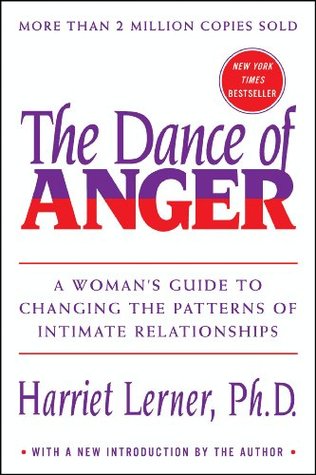More on this book
Community
Kindle Notes & Highlights
Read between
March 23 - March 29, 2025
UNDERFUNCTIONERS • tend to have several areas where they just can’t get organized.
OVERFUNCTIONERS • know what’s best not only for themselves but for others as well.
BLAMERS • respond to anxiety with emotional intensity and fighting.
blaming both protests and protects the status quo and how it differs from effectively taking a stand.
Stating a clear difference of opinion and standing behind it in a relationship where we have been the accommodating partner is another significant move toward defining a self. The more we work on this task, the clearer our thinking about our anger and how best to make it work for us.
Do take time out to think about the problem and to clarify your position. Before you speak out, ask yourself the following questions: “What is it about the situation that makes me angry?” “What is the real issue here?” “Where do I stand?” “What do I want to accomplish?” “Who is responsible for what?” “What, specifically, do I want to change?” “What are the things I will and will not do?”
Don’t make vague requests. (“I want you to be more sensitive to my needs.”) Let the other person know specifically what you want. (“The best way that you can help me now is simply to listen. I really don’t want advice at this time.”)
For example, the distance that so often exists between us and our fathers may be the source of our angry complaints (“My father has no concern about me whatsoever”); yet we may actively (although unconsciously) go along with our father’s “odd-man-out” position in a family triangle.


